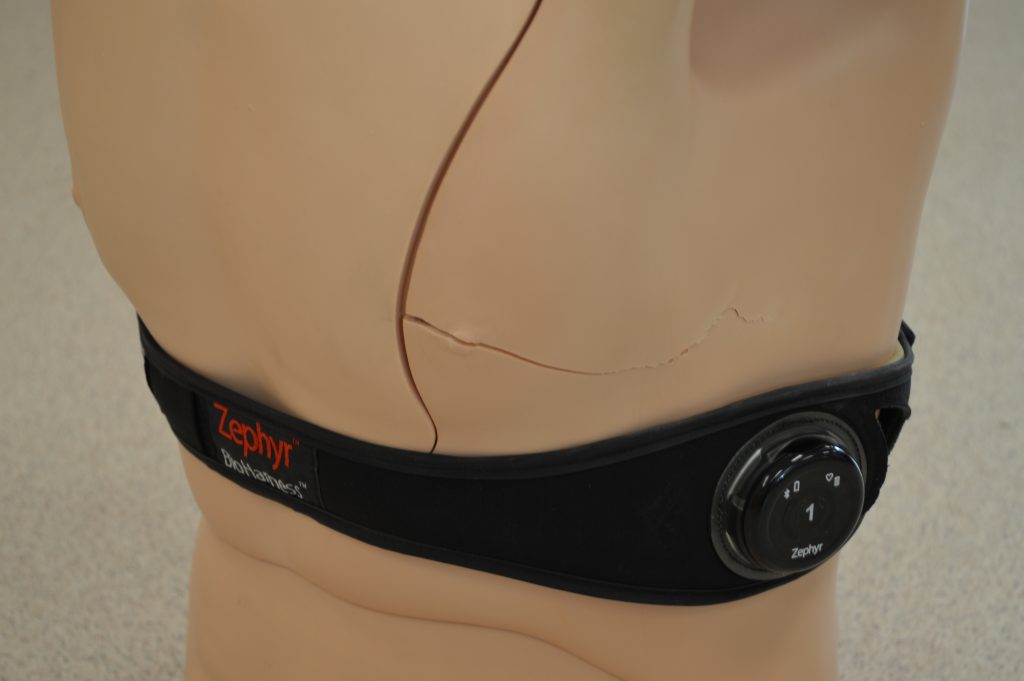
What is the problem?
The Zephyr BioHarness and Fitbit Charge are two commercially available devices that can track a person’s physical responses such as heart rate. These personal technologies have potential applications in research, but first we needed to know if the devices actually measure what they’re supposed to measure. We also wanted to know if the Zephyr BioHarness and Fitbit Charge produce the same results so that they can be used in place of each other.
How did the team study the problem?
A group of 60 healthy participants (30 females, 30 males) across various age groups (range = 20 – 68 years) wore both the Zephyr BioHarness and the Fitbit charge to monitor their heart rate while they were sitting (rest and recovery) and performing the Modified Canadian Aerobic Fitness Test. We used statistical analyses to compare the performances of the two devices and test whether they reported similar heart rates during the tasks.
What did the team find?
We found that the Zephyr BioHarness and Fitbit reported similar heart rates throughout the testing and can be used interchangeably.
How can this research be used?
The FIREWELL team will use the Zephyr BioHarness to monitor firefighters’ heart rate while they perform firefighting tasks and explore differences in heart rate responses based on individual factors such as gender, sex, or age. Other researchers may use the Zephyr BioHarness or Fitbit Charge in the same way. Fire services can use the Zephyr BioHarness to help keep firefighters safe by tracking their physical status during training and real fire situations.
Cautions
We tested the Zephyr BioHarness and Fitbit charge in healthy participants so our findings may not be the same in firefighters, although most firefighters are considered healthy participants.
Funding Sources: Ministry of Labor Grant FRN #13-R-027
